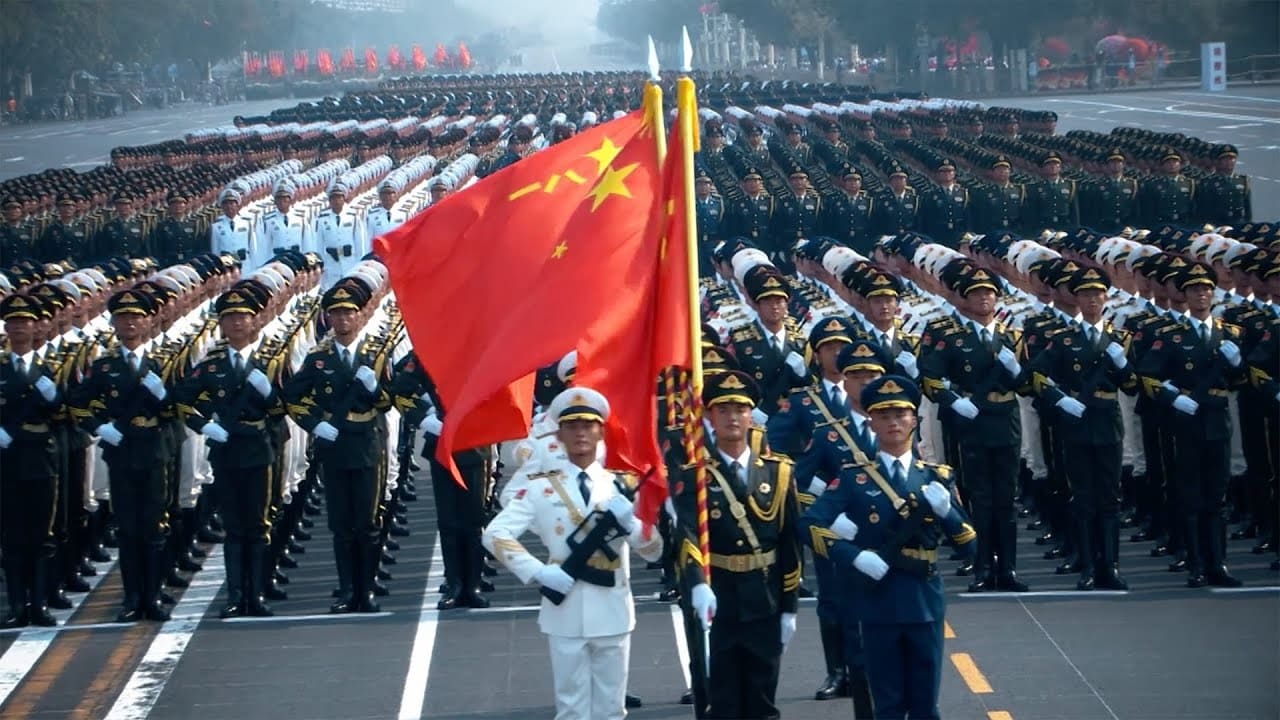Perhaps as many as 90% of China’s 1.41 billion people will come down with COVID-19, said Feng Zijian, former deputy chief of China’s Center for Disease Control and Prevention, to Bloomberg News. Feng predicts 60% of the population will be infected in the first wave.
China did not have to wait long. There is now a fast-moving wave ripping through Beijing.
The capital city was not prepared. “We have a child with a high fever but all the pharmacies are out of ibuprofen,” said a Beijing resident surnamed Lin to the Financial Times. “It came too fast, we didn’t have time to prepare.” Shortages are widespread. “Beijing is running out of medical supplies,” the London paper notes.
The situation is so bad, Peking University’s Michael Pettis reports on Twitter, that Beijingers are thinking of deliberately exposing themselves to the disease, so they won’t get it later when the public health care system has completely broken down.
There are also outbreaks across the country, including in Guangzhou, the capital of southern Guangdong province, the country’s factory floor. Some are calling the nationwide situation China’s “nuclear winter.” During the winter, the forecast is one million Covid deaths. Some estimate the toll could reach 2.1 million.
The Communist Party, as a result, faces one of its most severe tests ever.
The CCP, as the ruling organization is known, has no one to blame for its regime-threatening predicament. From the beginning of the pandemic, it made its control of disease a test of its legitimacy, boasting that its ability to deal with the coronavirus was proof of the superiority of Chinese communism over democracy in general and American democracy in particular.
Chinese ruler Xi Jinping, to prove his case, adopted a “dynamic zero-Covid” policy, perhaps the most draconian set of disease control-measures in the world.
For instance, whole city districts were locked down over the presence of a single infection. People were tested multiple times a day.
The emphasis on isolation deprived the Chinese central government of the resources to build, among other things, ICUs and general hospital beds. The government did build—and appears to be still building—massive quarantine facilities, like a 250,000-bed location in Guangzhou.
Chinese health authorities vaccinated large portions of the population, but only with China-developed jabs. The Chinese products, produced mostly by Sinopharm and Sinovac, were not especially effective.
Beijing decided not to import better mRNA vaccines from Pfizer and Moderna. It appears the regime did not want to admit that foreign technology was more advanced than China’s.
The Communist Party, therefore, had no Plan B should its isolation defense fail. Its approach, however, was obviously unsustainable.
For one thing, the Chinese people eventually rebelled in a series of extraordinary protests starting in Foxconn’s Zhengzhou facility at the end of October and continuing into nationwide demonstrations after a fatal fire in Urumqi on November 24.
Moreover, municipalities, which bore most of the cost of the zero-Covid measures, could no longer afford them. And lockdowns drove the Chinese economy deep into contraction, something evident from even official numbers like the November trade and producer price reports. Disruptions to manufacturing have resulted in companies moving production from China, including Apple.
In response to pressures, the Communist Party tried to relax disease-control measures in stages, starting with “optimization” measures announced November 11. In China’s “new phase,” officials eased rules, but they did not move fast enough. Finally, on Wednesday the National Health Commission capitulated by issuing a 10-point plan, scrapping most health code tracking, scaling back testing, permitting home quarantine, and limiting lockdowns. The plan was essentially the end of Xi Jinping’s zero-Covid.
As central government officials removed isolation measures, the wall of disease hit an essentially defenseless Chinese population. At the moment, people are, without government prodding, isolating themselves. Beijing pavements, as CNN’s Selina Wang reported on Twitter Saturday, are deserted except for those near pharmacies. There are also reports that Beijing hospitals are now packed with desperate residents.
There is one obvious solution to China’s scarcity of resources. The thoughtful Chad Bown of the Peterson Institute for International Economics argues the international community should “proactively step forward and offer whatever medical supplies and other forms of assistance the Chinese government would be willing to accept.”
The issue, Bown suggests, is whether Xi will accept humanitarian aid. It’s unlikely the arrogant Chinese leader will. After all, he weaponized the pandemic against democracy and cannot admit, even obliquely, the superiority of democratic governance.
This reluctance means China will, for months, remain crippled, as disease runs through the population. And as China remains closed and the economy continues to erode, the regime will run out of once-considerable resources.
Xi, in short, has no viable options because the coronavirus is devastating China as the country is beset by simultaneous crises: accelerating debt defaults, collapsing property prices, a contracting economy, worsening food shortages, and a deteriorating environment.
The most dangerous crisis, however, is that of confidence. At the moment, the Chinese people are suffering “whiplash” as the regime for two years exaggerated the potency of the disease and now is trying to convince them it is mild. “How can it change so fast?” asked Echo Ding, a Beijing resident, to CNN, referring to the regime’s change of propaganda line. “It gives me the feeling that we are like fools.”
The Communist Party has lost trust and support. It can still coerce, intimidate, and imprison, but it will nonetheless be hard-pressed to maintain rule in a critical period.
Gordon G. Chang is the author of The Coming Collapse of China. Follow him on Twitter @GordonGChang. He is a 19FortyFive Contributing Editor.

